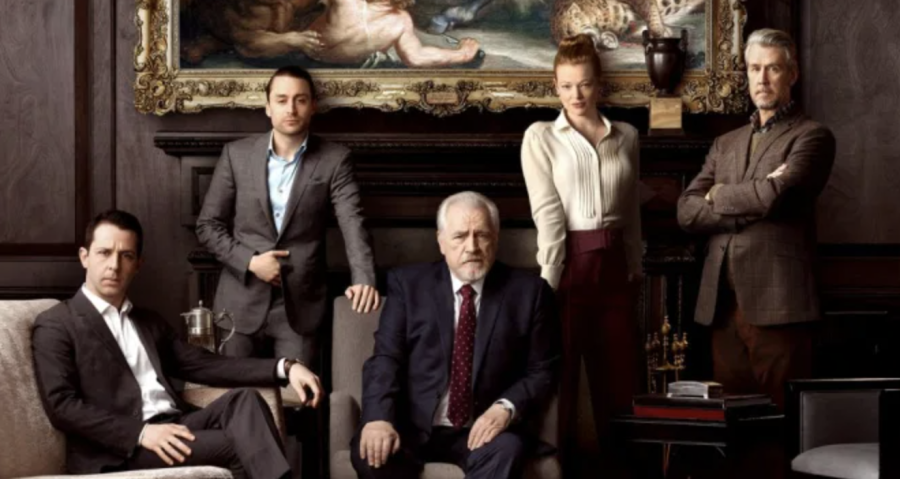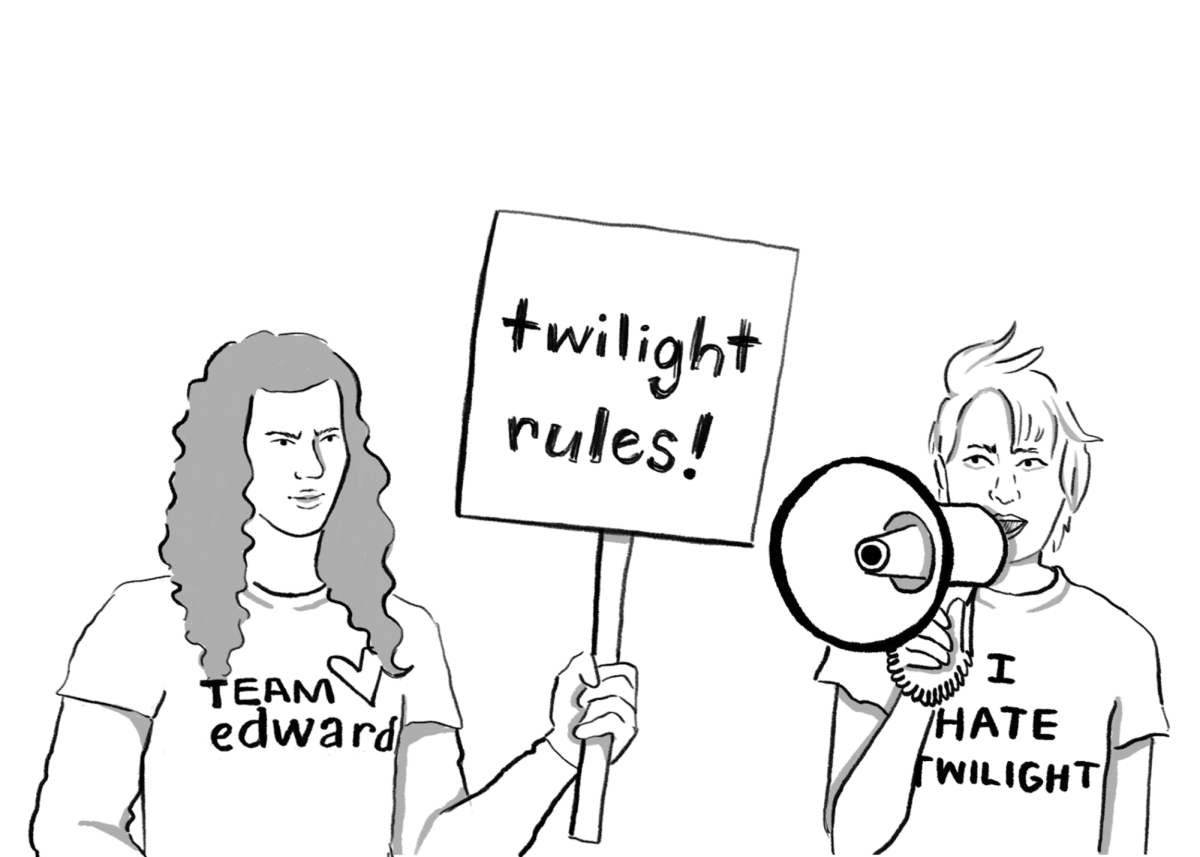As the world looks forward to an uncertain 2022, A&E Staff Writers reflect on the many pieces of art that helped them through what felt like an eternal 2021.
Films
“Licorice Pizza”

“Licorice Pizza” is beautiful because it doesn’t give the audience what they want. It doesn’t present a traditional love story nor does it tell a cautionary tale. Instead, it presents the world exactly as it is — a mess of connected events colored in moral greyness. Despite focusing mainly on the relationship between its two main characters, one can consider the world of the film its unofficial third lead. In many respects, Paul Thomas Anderson pays homage to the peace-loving LA environment both Alana and Gary find themselves in. The disco era is a fitting backdrop for such a polarizing film; a time where new ideas were constantly being thought up and consequently challenged. In a way, “Licorice Pizza” strives to do the same thing, asking us if we are willing to set aside our preconceived notions for the sake of art or continue to be spoon fed the same self-contained formula? For now, the answer can only be found within the court of public opinion. In this particular case, we believe “Licorice Pizza” stands as one of the finest pieces of cinema to be brought to light this year and nothing short of a masterpiece.
For a full review of “Licorice Pizza” click here.
— Fabian Garcia, A&E Staff Writer
“Tick, Tick… Boom!”

The musical film “Tick, Tick, …Boom!” exudes the same amount of explosive enthusiasm as its title. One of the first sequences, a song called “30/90,” is a frenzied, detailed depiction of New York life as an up-and-coming artist. The semi-biographical musical sustains this energy as it follows Jonathan Larson, famed creator of the musical “Rent,” as he nears his thirtieth birthday. The clock is ticking on Larson’s youth, and the struggling composer questions whether he will ever create something extraordinary or if he has to give up his dreams and move on to a more sensible career. The movie chronicles every part of Larson’s creative process during the development of his first musical “Superbia,” from idea-drafting to frenetic writing to the insurmountable feeling of writing block. Though the message of growing up and facing responsibility is relatable to many young people, the real heart of this movie comes in the performances, particularly in Andrew Garfield’s portrayal of Larson. Garfield’s creative spark and electric energy leap off the screen, and his singing is great for an actor with no prior musical roles. Though Garfield stands out as the clear star, he is aided by a strong supporting cast and a perfect combination of catchy, vibrant songs. All of these elements add up to “Tick, Tick, …Boom!”’s greatest strength: its honest representation of Jonathan Larson, a now-revered artist who had to struggle before achieving greatness.
— Kaley Chun, A&E Staff Writer
Music
“The Turning Wheel” by Spellling

In her previous outings, Spellling has opted for a variety of sounds rooted in the current music zeitgeist. Even with this record, she borrows a lot from contemporary R&B and Pop. However, what she accomplishes with “The Turning Wheel” is far more than any other artist has in the past year. Spellling demonstrates to the listener what those genres could be rather than what they are in a long series of dreary vignettes and eclectic inspirations. It’s theatrical to the highest degree and flaunts its electrifying sonic palettes while never detracting from its mysterious and foreboding nature.
There isn’t really a simple way to describe the tone Spellling sets with every song, as they all carve their own unique path for the listener to follow. A new bar is constantly being set for the music as a whole and then promptly broken with each following note. It’s a disturbing monster of sounds, concepts and rhythms. All feel so unfamiliar but still so captivating.
The record draws heavily on gothic themes and soundscapes and they connect beautifully in each track. Spellling herself sings with such howling conviction, it constantly strikes the mix like a bolt of lighting or an orchestral sting. The body of work is nothing short of perfection, making listeners question how something can be brimming with life while being artful to death.
— Fabian Garcia, A&E Staff Writer
Television
“Succession” Season 3

In a year filled with so many new television series and blockbuster films from big studios like Disney, it’s a surprise that one of my most anticipated shows of the year was season 3 of HBO’s award winning family drama “Succession.” One might not see the appeal of watching a rich white family struggle for power over their multibillion dollar conglomerate media corporation, but the amazing writing by Jesse Armstrong and directing by various directors makes it extremely fun to watch. Season 3 brought the same level of Shakespearean drama that previous seasons have shown us, but elevated it. Nicholas Britell returns with an amazing score that brings intensity into every scene. The returning cast showed us all why they deserved their Emmy nominations and wins; the showrunners truly know how to utilize their actors to make us engaged in what was a slow start to the season but ended in a wild ride. The characters are all so flawed it feels wrong to like them, but they can also be charming and likeable — so much so that you find yourself rooting for them despite their flawed morals. The show’s clever, quippy writing and its self awareness makes following the Roy family’s drama so entertaining, especially when most of the trouble they get into is self-inflicted. After season 2’s bombshell of a finale, I was surprised to see that season 3 managed to deliver an even better season finale. It felt like everything that led up to the betrayal of the season felt earned and paid off. “Succession” continues to be a knockout when it comes to HBO’s catalog of prestige television shows and fans like myself cannot get enough of it.
— Kamiah Johnson, A&E Staff Writer
Images courtesy of Vogue, Cinema Blend, Decider, Kickstarter, and Complex.










